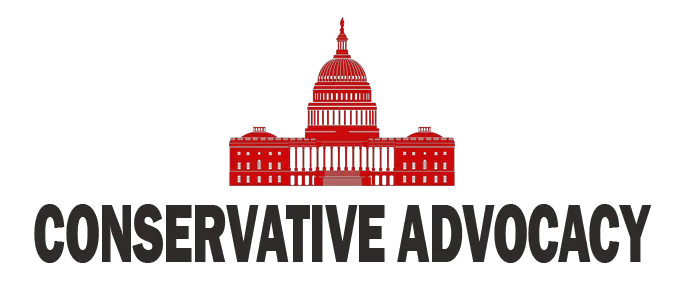In the middle of the Shiloh Hendrix controversy, there’s an ocean of untold stories that the mainstream media skims over faster than a pebble on a pond. The central focus remains on the unfortunate altercation at a Minnesota playground. What many seem to forget—or conveniently ignore—is the backdrop, which is as vital to understanding the incident as the incident itself. Minnesota has become home to the largest Somali community in the United States, a fact that isn’t just a mere trivia point but rather a key player in the state’s socio-political dynamics.
Governor Tim Walz and his team have spearheaded efforts to welcome a wave of immigrants, notably from Somalia, fashioning a new local constituency that many perceive as a strategic move for electoral gain. Now, there’s nothing wrong with growing communities or celebrating diversity, but when immigration policy is engineered, not out of genuine humanitarian compassion, but rather to secure votes, questions arise. We can’t afford to ignore the long-term implications of importing poverty and cultural tensions to communities that previously managed well within their means.
Minnesota, a state once characterized by its Lutheran roots and Scandinavian sensibilities, now grapples with challenges it was ill-prepared for. With 54% of the Somali community living below the poverty line, staggering figures don’t lie. Compare this with the broader Minnesota poverty rate of 12%, and the picture becomes even more distressing. These statistics are not just numbers; they are a direct reflection of realities that include housing shortages, economic strain, and pressure on public services. Let’s not shy away from the truth. When immigrants from backgrounds of poverty and dysfunction relocate, they often bring those conditions with them unless effective integration and support structures are in place.
Of course, Minnesota’s leadership touts the Rochester Somali Community Center as a beacon of assimilation and assistance—a noble initiative. But if over half of the Somali population resides below the poverty threshold, many might wonder if such measures are the proverbial band-aid on a deeper wound. Immigration should never be a means to an end for political operatives, yet here we are, examining the cracks in the infrastructure that allowed this social experiment to run unchecked.
The broader issue isn’t just about the playground altercation but the migration policies that have been romanticized as progress when they may, in fact, sow discord. If America is to remain the land of opportunity, there must be safeguards to ensure that those who come here can indeed thrive, not just survive. It’s time to get real about immigration, ditching politically-motivated agendas and focusing instead on genuine self-sufficiency and integration, preserving the American way of life for generations to come.




